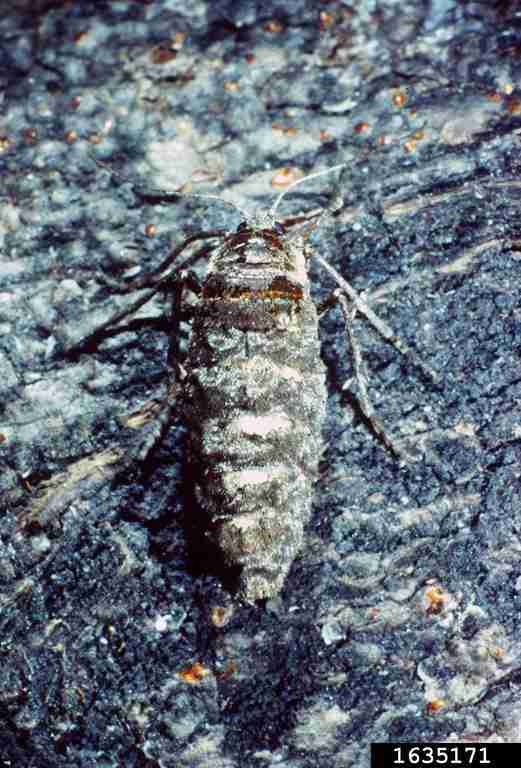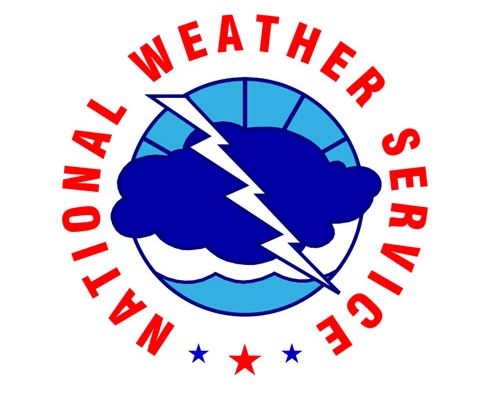
Last Updated on June 4, 2023 1:46 pm
There are many types of forests in North Carolina, each representing a unique forest community with a distinct set of species, interactions and processes. A healthy forest is one that possesses the ability to sustain those unique species that exist within it, and the well-being of our forests must be managed, protected and conserved to accommodate the present and future needs of people for a variety of values, products and services. Like humans, the health of a forest is susceptible to stress agents that cause disruptions to the normal physiological and structural functioning of a tree. If a disruption is sustained long enough and is severe enough, a tree can suffer significant harm, damage and even mortality.
Insects and diseases are a major disruption to forests as they claim more timber each year than any other forest menace, including wildfire. Proper forest management, early detection and protective measures can prevent or reduce the effects of insect and disease problems. More intensive management and control options are available when and if required. One of the more recent insect attacks currently causing defoliation in the state’s High Country is the fall cankerworm. The N.C. Forest Service is asking folks in this area and across the state to keep an eye out through the spring and summer months for additional tree defoliation.

Aerial view of tree defoliation in the High County of North Carolina as a result of the fall cankerworm.
The fall cankerworm recently turned up in the mountains of western North Carolina near Todd. Arriving in dramatic fashion, the fall cankerworm caused tree defoliation throughout more than 1,500 acres of forestland. Many trees have been stripped bare of their leaves, causing a wintertime appearance during a time in which trees should be flourishing. For now, this pest appears to be isolated in one area along the Ashe and Watauga County line. It was not found on any nearby or surrounding sites.

The fall cankerworm in its caterpillar stage. Photo by Joseph Berger, Bugwood.org
Fall cankerworms are a type of inchworm caterpillar and they can be found devouring live foliage during late spring and early summer. They feed on a variety of hardwood tree species including oaks, maples, birch, cherry and many others. They spin a silk thread that they use to lower themselves onto other branches and the forest floor. Therefore, it is not unusual to find these inchworms suspended in midair. Even though the word “fall” is in their name, these insects are damaging in late spring and early summer. Ironic, huh? The name refers to the adult moths that emerge in the fall, mate, lay eggs and then die. Often, these adults go unnoticed.
Fortunately, this creepy crawler is a native pest and even though fall cankerworm populations can swell in size, natural predators such as parasitic wasps, ground beetles and birds feed on the caterpillars, keeping their numbers in check.

A ground view of the tree defoliation from a fall cankerworm attack.
Unfortunately, in cases where outbreaks are severe, tree mortality may occur before the natural environment is able to balance the insect’s numbers. There are not many practical options available for controlling this nuisance. Pesticides can be effective but application costs are usually high and in some cases extreme. If healthy trees are ambushed, typically they can sustain the onslaught and recover on their own. Mortality is usually the result of repeated defoliation and a prolonged invasion for two or more years.
Keep your eyes peeled for the fall cankerworm this year.
People who witness tree defoliation or suspect there’s an infested tree in an area near them should contact their NCFS county ranger. To find contact information for your county ranger, visit https://www.ncforestservice.gov/contacts. To learn more about the fall cankerworm among other insect and tree diseases that pose potential threats to North Carolina’s forests, visit the N.C. Forest Service Forest Health Handbook.



















